The World's Smelliest Animals
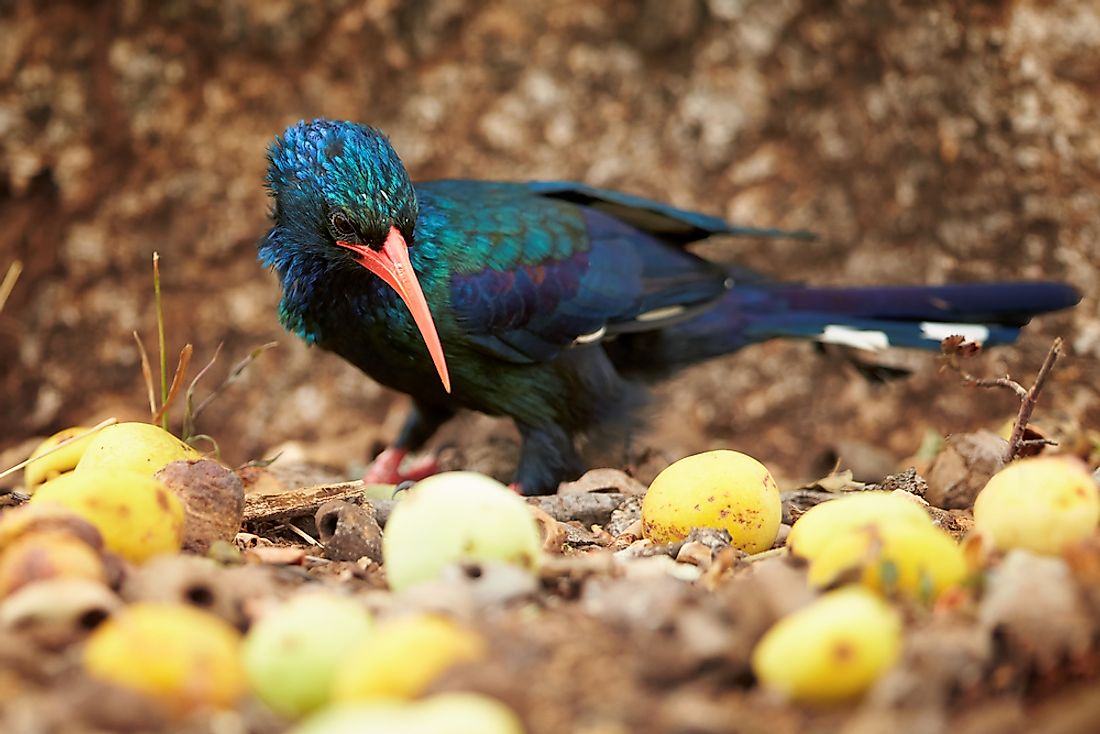
All living things exude scent to some degree with animals giving off more than plants. For some animals, scent serves another purpose that's more than just the natural musk they leave behind. For some, smell is an invisible weapon that they wield in the face of danger or to mark their territories. Living in the wild is a daily struggle for survival and for the animals that have not been blessed with a large body or sharp claws, adaptation is their only way out of danger. The foul smell is usually produced through the skin or body fluids. Here are the animals that have the most terrible smells on the planet.
10. Skunk
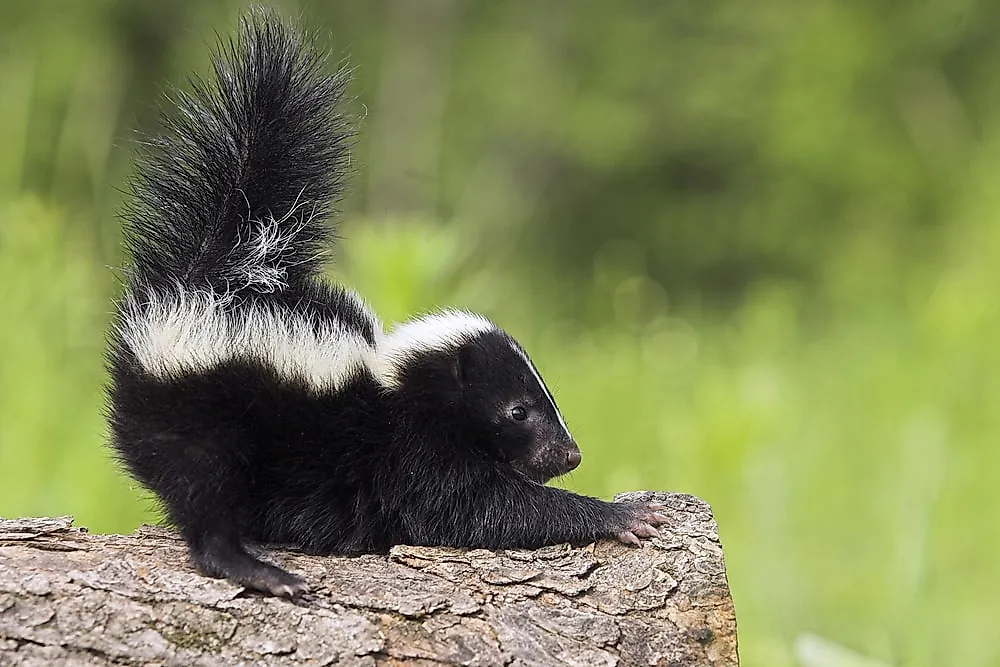
Skunks are considered to be the animals with the foulest of smells in the animal kingdom. These small animals are related to the polecat produce this smell from their anal scent glands when they are in danger, a smell that can linger on a victim for days. The reason behind this smell is the presence of chemicals called thiols which are a combination of sulfur, hydrogen, butane, and traces of methane. These gases are volatile and easy to pick out by the nose as they disperse very easily. There are many ways to get rid of skunk smells with the most effective being hydrogen peroxide, baking soda, and dish soap.
9. Southern Tamandua
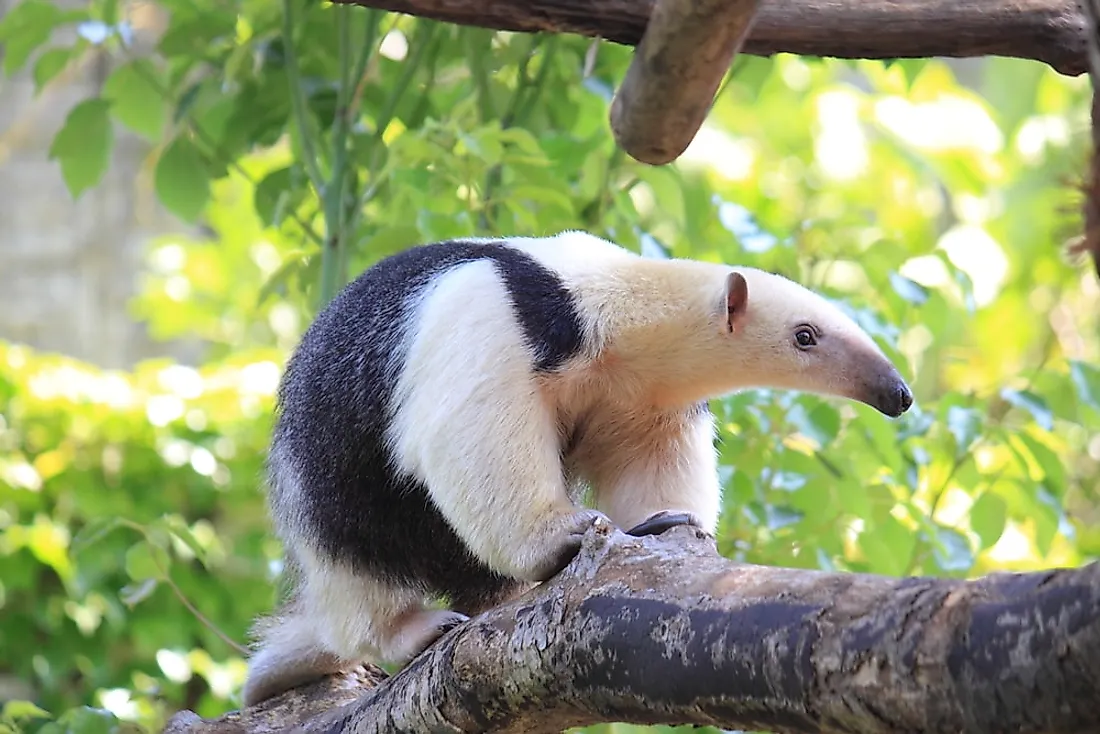
The southern tamandua is a species of anteater that is mainly found in South America where it leads a solitary life feeding on ants, termites, and bees. It has strong fore claws that it uses to dig up ant nests and for defense. When the claws are not good enough, the Tamandua usually resorts to its last and lethal option, releasing a very foul smell from a gland located under the base of its tail. The smell is so strong that it can spread around a 160-feet radius.
8. Musk Ox
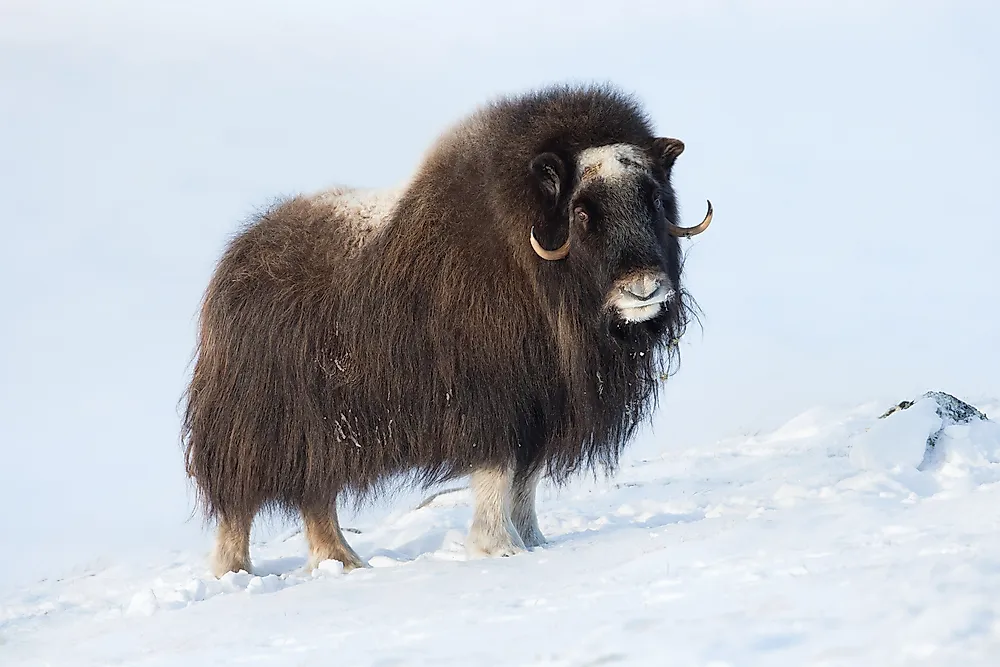
The musk ox is an Arctic dweller who is known for its thick coat and sturdy body. Adults can grow up to 5 feet high and weigh about 900 pounds. During the mating season when testosterone levels reach their highest peaks, male oxen release a pungent smell through their urine that they use to mark their territory and advertise themselves to potential female suitors. The chemicals responsible for this strong smell include benzaldehyde, cholesterol, and saturated lactones.
7. Wolverine
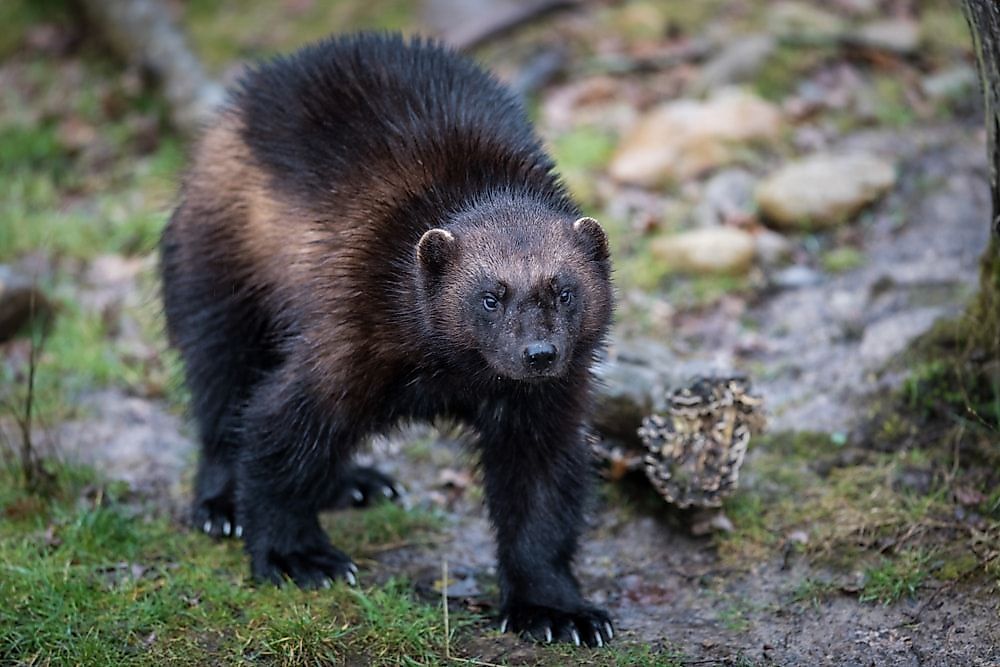
The wolverine is a large carnivorous mammal that closely resembles a bear but is much smaller in size. The wolverine is commonly known as the skunk bear. It is a solitary animal that resides in the northern boreal forests of North America where it hunts and scavenges for food. The wolverine secretes a very foul smell through their anal scent glands that they primarily use to mark their territories and to protect their food from scavengers. The smelly secretion has traces of the chemicals methyl butanoic acid, methyldecanoic acid, and phenylacetic acid.
6. King Ratsnake
Popularly known as the stink snake, king ratsnake is a reptile mostly found in Southeast Asia. It is known to grow for up to 8 feet long, and it feeds on beetles, birds, mice, and anything that crosses its path. The King Rat snake has a set of glands in the anal region which secret a very terrible smell when picked up or when they face danger.
5. Stinkbird
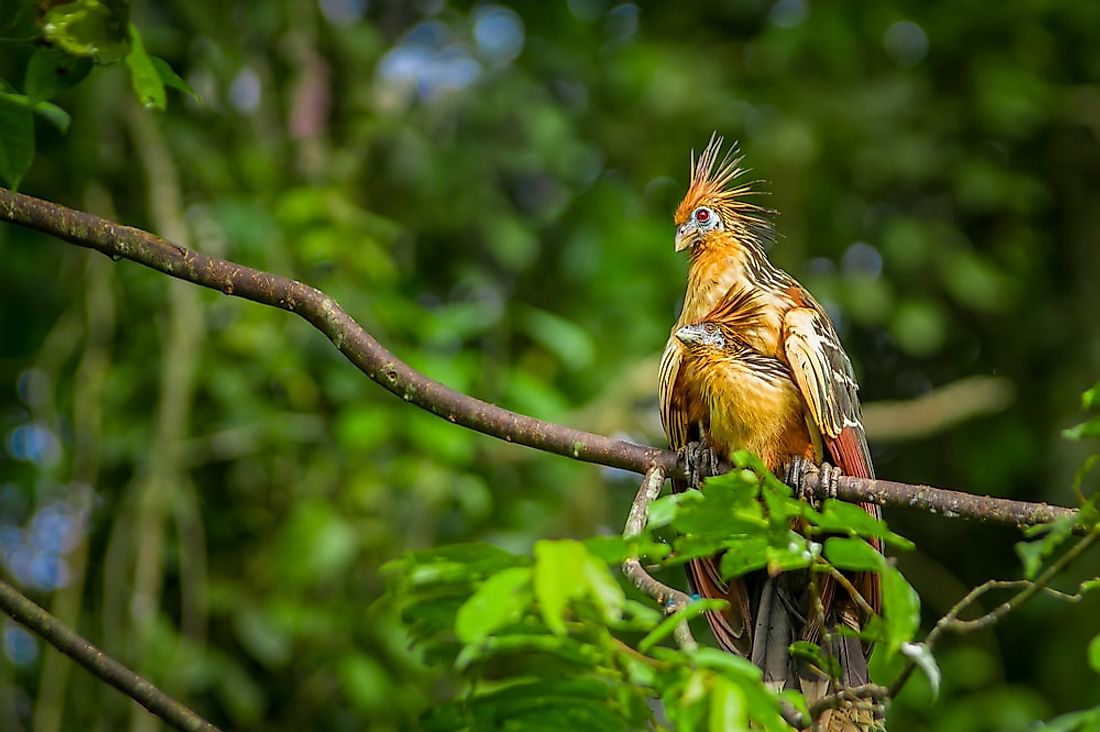
The stink bird has many names such as the hoatzin or the Canje pheasant. It is a tropical bird that loves swamps and mangrove areas in the Amazon jungle. Adults can measure about 26 inches long with maroon eyes, a blue face, and a spiky crest on top of the head. The bird has bacterial fermentation system in their stomach that combines with the aromatic compounds of the leaves that the bird feeds on to produce a very foul smell that resembles the odor of rotten manure.
4. Stink Bug
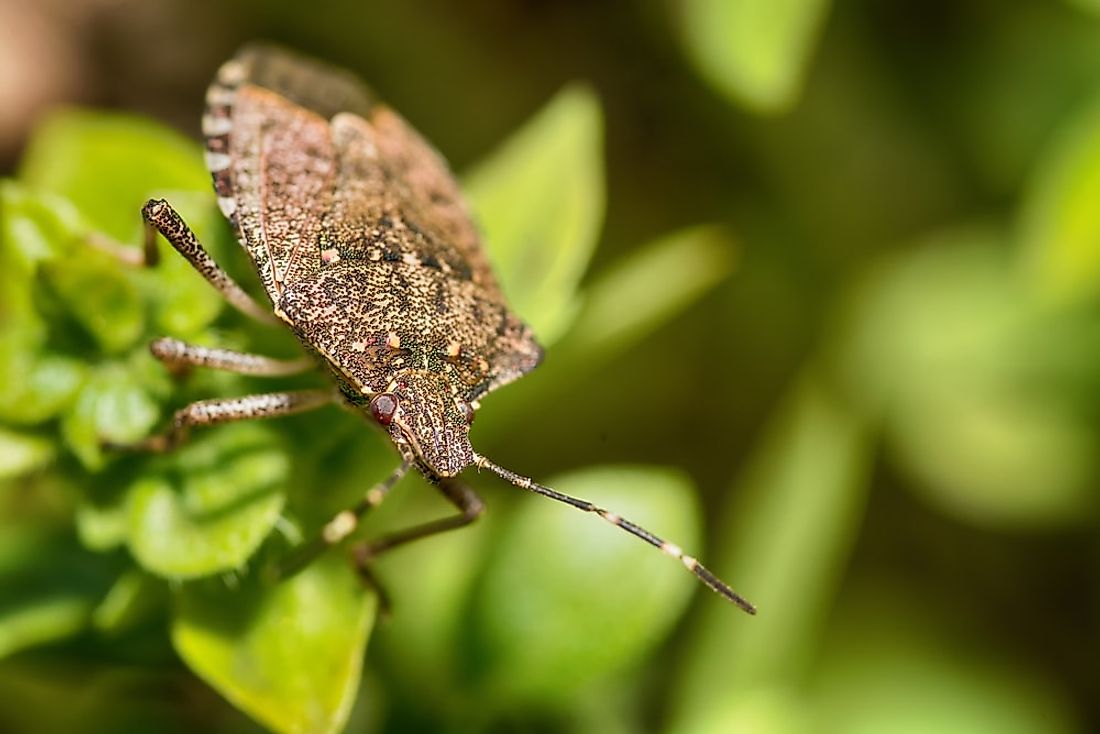
The stink bug is an insect belonging to the family pentatomidae native to Japan, China, Korea, and Taiwan. The little bug grows to about 0.67 inches and is shaped like a shield. Its main diet comprises of sap from apples, peaches, green beans, and pears. The bug emits an overpowering odor through holes in its abdomen as a defensive mechanism against birds and lizards. The scent contains two chemicals: trans-2-Octenal and 2-decenal which are compounds of aldehydes, alkanes, and esters. These foul-smelling secretions can cause blisters if exposed to the skin.
3. Pangolin
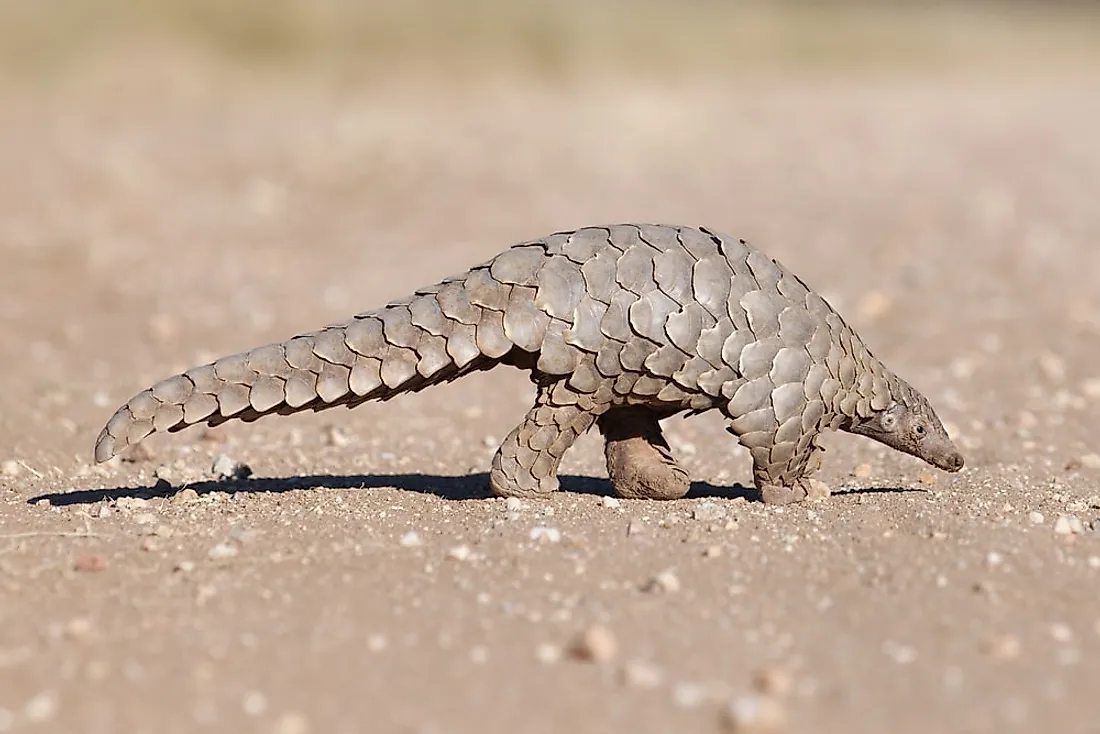
The pangolin is a scaly mammal that feeds on ants and is mostly found in Asia and Africa. Pangolins grow up to 69 inches with bodies protected by keratin scales. They live in burrows or tree hollows and only feed at night. Aside from their impenetrable scales, pangolins also employ smell as a weapon of defence. They have a gland near their anus that they use to secrete a chemical with a very foul odor that is almost similar to that of a skunk, they also employ this smell in marking of territories.
2. Millipede
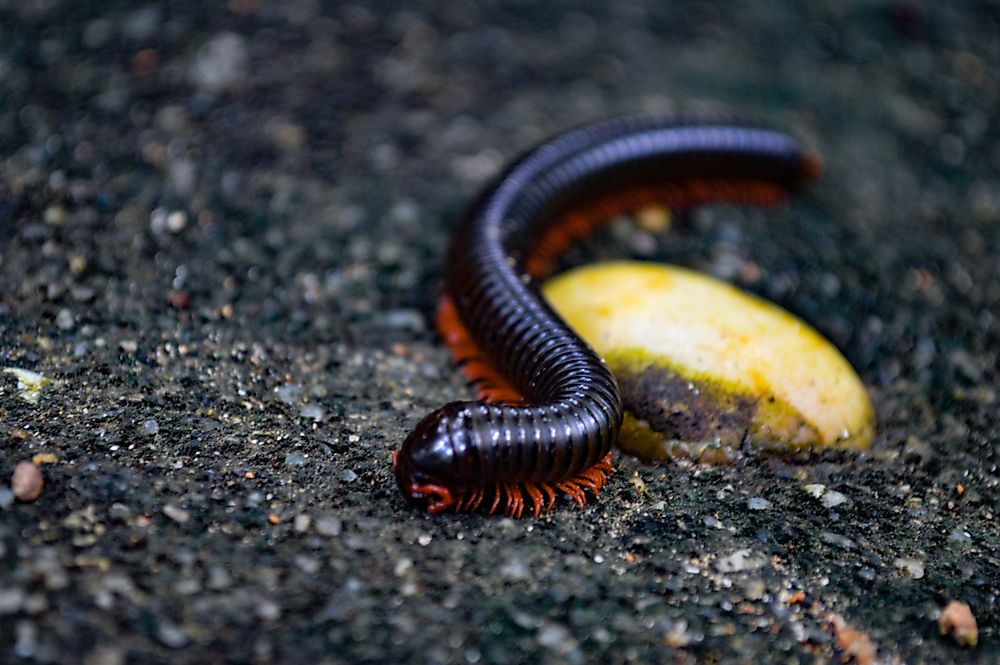
A millipede belongs to the arthropod group in the class Diplopoda. They have cylindrical bodies that have jointed legs in each segment. Millipedes can grow up to 15 inches long with a rounded flat head that has a pair of antennae. Owing to their languid movements, millipedes fall prey to predators easily. To counter this, they have glands within their bodies that secrete a very toxic and smelly fluid which they spread over their bodies to discourage any potential predator from eating them. Some species can spray the liquid into the air.
1. Wood Hoopoe
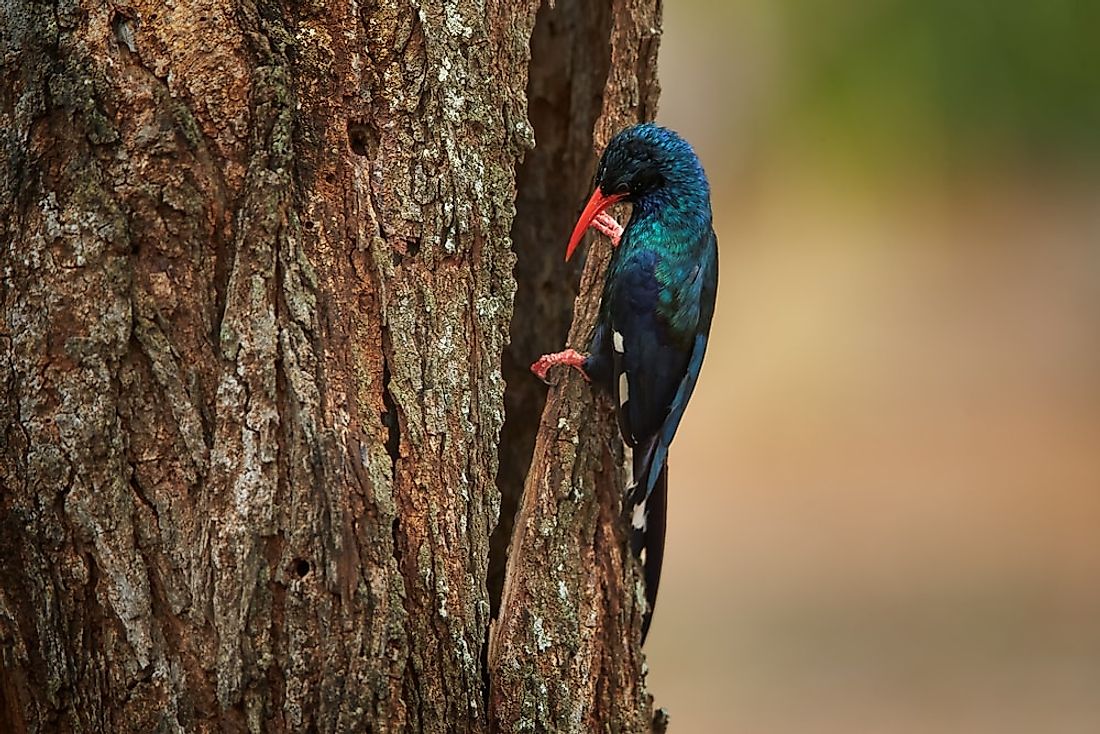
A wood hoopoe is a small bird native to Africa that resides south of the Sahara desert. They are related to kingfishers. The hoopoe can grow to 18 inches long. They have a metallic plumage that shifts between blue and green. Wood hoopoes usually live inside burrows they carve out of trees. They feed mainly on insects. When faced with danger, the wood hoopoe will point its tail at the enemy and exude a foul stench that is made up of dimethyl sulfide which gives off the bad smell associated with rotten eggs.











